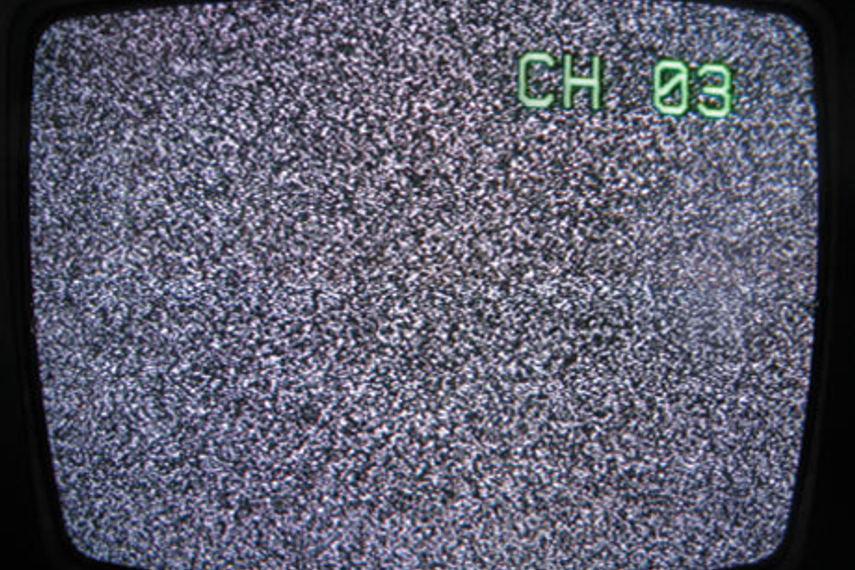
Television measurement is top of mind yet again, with release of ratings getting deferred in markets going digital. The issues go beyond the transition phase and so should solutions to improve measurement, opine stakeholders.
LK Gupta, chief marketing officer, LG Electronics India, says, “The biggest problem is the sample size. That needs to be beefed up in metros as well as small towns and cities. Another problem is that in the current measurement, new media such as DTH is not captured in the ratings.”
Tarun Katial, chief executive officer, Reliance Broadcast Network, welcomes the deferment of ratings, but says the issues on measurement will not be sorted out with just digitisation and post-digitisation sample correction. He explains, “For genres such as English entertainment or English business news which cater to specific segments of audiences, the TAM system is very poorly enabled to deliver accurate ratings. These anomalies need to be corrected in order to stop the loss of both revenue and reputation for media brands, especially niche players who do not have a sizeable representation of relevant viewers in the sample size.”
Divya Gupta, chief executive officer, Dentsu Media, too, believes that it is high time that TAM actions the change. She says, “Long overdue; the measurement needs an overhaul. While both, the users and the research provider, are responsible for the state of affairs, the sad truth is that TAM has just not invested enough. A case of too little, too late; TAM has had enough time, been a monopoly, and yet not done much.”
Paritosh Joshi, strategist, India TV, and IBF board member clarifies that deferment of ratings has nothing to do with TAM’s limitations, but to avoid volatility in ratings because of transition to digital in key metros.
The Broadcast Audience Research Council (BARC), seen as a successor to Joint Industry Body, is in place only now, while discussions started in 2007. Joshi explains that joint industry initiatives require consensus building among groups on opposite sides of an issue.
He notes, “Dismissing the evolution as sub-optimal or inefficient does disservice to years of tiring discussion and negotiation between parties that has brought us here. I for one commend the effort and look forward to lots of good work from the nascent BARC.”
According to Sam Balsara, chairman and managing director, Madison World, BARC should have been founded much earlier. On the reason behind the delay, he says, “BARC would have been set up much earlier if IBF hadn’t dragged its feet.”
On the current problems on measurement, he adds, “The larger issue with ratings for a diverse country like India is the number of meters. That, however, also depends on how much the industry is willing to invest in the meters.”
Balsara refers to the fact that TAM is a non-industry body which has to earn substantial revenue to survive, and that it is TAM’s call in the current set up on how much to invest and when.
“It can all happen quickly (the solutions) if the industry funds TAM for the necessary infrastructure that is needed to fix existing issues,” says Balsara. He also maintains that the industry, over and above other problems, has to find a way to make or access much cheaper meters to increase sample size without increasing costs.
Joshi laments that audience measurement studies, despite being ‘currencies’ for the media they measure, the scale of study lags behind the scale of the medium. “It is an unfortunate truth of audience measurement, particularly in India, that value chains worth thousands of crores of rupees are unable to find tens of crores for keeping the currency research expanding at the same pace as the subject of the study,” he surmises.

Marketer
LK Gupta, chief marketing officer, LG Electronics India
“Of course TAM needs to reinvent itself. The biggest problem area is the sample size. That needs to be beefed up in metros as well as small towns and cities. Another problem is that in the current measurement, new media such as DTH is not captured in the ratings and advertisers are absolutely blinded on that front.”

Strategist
Paritosh Joshi, strategist, India TV, and IBF board member
“It is an unfortunate truth of audience measurement, particularly in India, that value chains worth thousands of crores are unable to find tens of crores to keep the currency research expanding at the pace of the subject of study. Whether a particular research is done by a private, for-profit, or a not-for-profit joint industry body, the issue is the same. It is not possible to continually subsidise any research. Allowing a fair surplus in the hands of the research provider is essential to keep the research vital and contemporary”

Media Agency
Divya Gupta, chief executive officer, Dentsu Media
“Long overdue; the measurement needs an overhaul. While both, the users and the research provider, are responsible for the state of affair, the sad truth is that TAM has just not invested enough. A case of too little, too late; TAM has had enough time, been a monopoly, and yet not done much. Sporadic, half measures, has been the modus operandi this past decade”

Broadcaster
Tarun Katial, chief executive officer, RBNL
“For genres such as English Entertainment or English Business news which cater to specific segments of audiences, the TAM system is very poorly enabled to deliver accurate ratings. These anomalies need to be corrected in order to stop the loss of both revenue and reputation for media brands, especially niche players who do not have a sizeable representation of relevant viewers in the sample size.”

Media Agency
Sam Balsara, Sam Balsara, CMD, Madison World
“The larger issue with ratings for a diverse country like India is the number of meters that are installed. That however, also depends on how much the industry is willing to invest in the meters. Also, one has to find out a way to make or access much cheaper meters to increase sample size without increasing costs.”


.jpg&h=334&w=500&q=100&v=20250320&c=1)
.jpg&h=334&w=500&q=100&v=20250320&c=1)

.jpg&h=334&w=500&q=100&v=20250320&c=1)


.jpg&h=334&w=500&q=100&v=20250320&c=1)


.jpg&h=334&w=500&q=100&v=20250320&c=1)
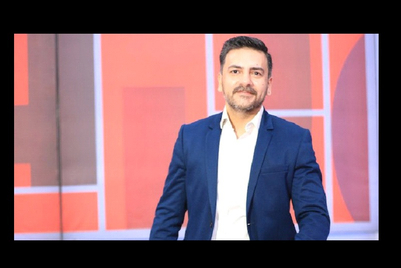
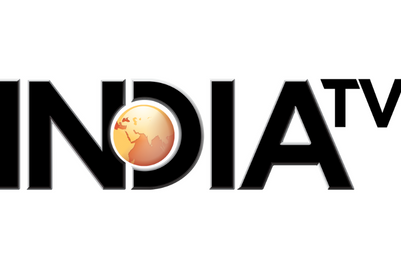
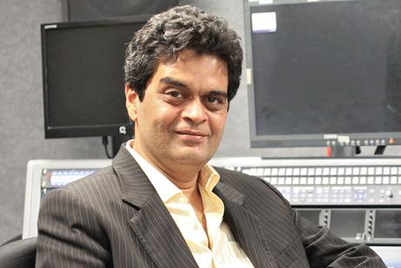
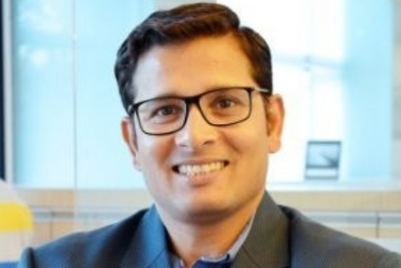



.jpg&h=268&w=401&q=100&v=20250320&c=1)
